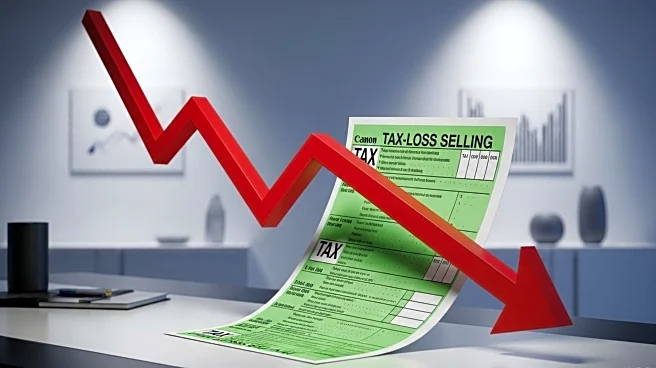What's Happening?
A significant change is set to impact 401(k) plans, particularly affecting higher earners. According to recent updates, starting in 2026, catch-up contributions for 401(k) plans must be made as after-tax Roth contributions if the employee earned more than $145,000 from their current employer in the previous year. This change is part of the Secure 2.0 Act of 2022, which aims to modify retirement savings plans. Currently, workers can defer up to $23,500 into 401(k) plans, with an additional $7,500 allowed for employees aged 50 or older as catch-up contributions. For those aged 60 to 63, this catch-up limit increases to $11,250. Traditionally, these contributions could be either pretax or after-tax Roth, depending on the plan's provisions. However, the new regulation will limit the choice for higher earners, mandating Roth contributions.
Why It's Important?
The change in 401(k) catch-up contributions is significant for high earners as it alters the tax benefits associated with retirement savings. Pretax contributions have traditionally allowed individuals to reduce their taxable income, providing immediate tax relief. The shift to mandatory Roth contributions means that these individuals will pay taxes upfront, potentially increasing their current tax liability. However, Roth contributions grow tax-free, which could be beneficial in the long term. This adjustment may influence how high earners plan their retirement savings, potentially leading to changes in financial strategies to optimize tax outcomes. The Secure 2.0 Act's provision reflects broader efforts to reform retirement savings and ensure long-term financial security for Americans.
What's Next?
As the implementation date approaches, financial advisors and retirement planners are likely to reassess strategies for clients affected by this change. High earners may need to explore alternative savings options or adjust their contributions to align with the new requirements. Employers will also need to update their 401(k) plan offerings to comply with the Secure 2.0 Act. Additionally, there may be discussions and potential lobbying efforts to address concerns or seek modifications to the legislation. Stakeholders will be closely monitoring the impact of these changes on retirement savings behavior and tax implications.
Beyond the Headlines
The shift to Roth contributions for high earners could have broader implications for retirement planning and tax policy. It may encourage a reevaluation of the balance between immediate tax relief and long-term tax-free growth. This change also highlights the government's role in shaping retirement savings strategies and the importance of adapting to legislative changes. As financial literacy becomes increasingly crucial, individuals may seek more guidance to navigate these complexities and optimize their retirement outcomes.










